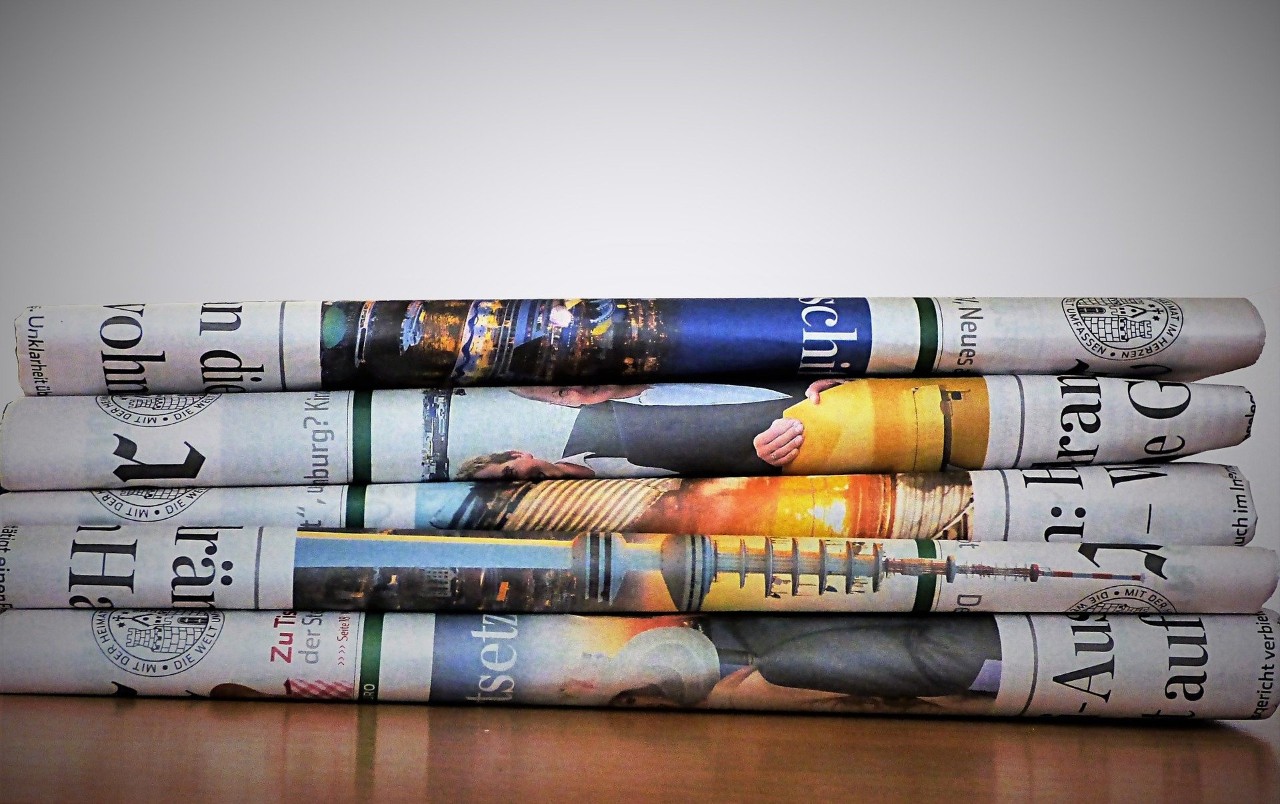
From The News Record to The New York Times
Journalism alum credits UC’s internship opportunities with his success
German Lopez entered college undecided. Flash forward 10 years, and he now writes for The New York Times, ranked among the best newspapers in the world. The 2012 University of Cincinnati grad faced an increasingly competitive journalism field, with the Bureau of Labor Statistics reporting that the field will continue to shrink.
Despite the statistics, Lopez found work immediately after college and has since continued to grow in his career. Lopez traces his success back to his time in UC’s College of Arts and Sciences, where he says his experience working for the student newspaper combined with his internships and other real-world opportunities were the key to landing a job after graduation.
Here he talks about the arc of his career, how A&S supported him—and shares advice for aspiring journalists.
Did you know you wanted to major in journalism right from the start?
I went to Miami University my first year of college as undecided, then transferred to the University of Cincinnati and majored in journalism right away. I was originally planning to go to Georgia Tech to be a video game designer, but decided I wanted to do something that had more of an impact on the world, so I went to journalism.
How did the journalism program at UC help set you up for a successful career?
The teachers were great to help sharpen my writing, teach me how to report, and help increase my confidence in making phone calls. Getting involved with The News Record, the student newspaper, was really helpful. Through UC, I got internships with the Cincinnati Enquirer and City Beat, which were immensely helpful as well. The internship with City Beat ended up turning into a job after I graduated, which is how I really got started.

UC grad German Lopez, now a journalist with The New York Times. Credit/Aaron Conway for The New York Times © 2023 The New York Times Company
Tell me a bit about what you do for The New York Times.
I write the morning newsletter 2-3 times a week. A newsletter is really intimate in the sense that you’re reaching people’s inboxes first thing in the morning. It may be the first thing they see, or what they read with their cup of coffee, sort of what newspapers used to be like. We’re telling people, “This is what the Times thinks is the big story of the day, this is what’s important about it, and if you want to read more about it here’s other Times coverage you can go to.”
You’ve had a very impressive career in just a little over 10 years. What are some things you’ve learned about yourself as a journalist over that time?
One thing I’ve learned is that I’m more adaptable than I thought I would be. I started at an alternative weekly newspaper, then went to a digital media outlet, and now I’m at the New York Times which is quite the culture shift. The other thing I’ve learned is that on any topic, when I start working on it, it gets more and more complicated over time because you’re learning more and more facets of it. It forces a degree of humility that is really important as a reporter. You should approach everything with curiosity.
What advice would you give to any journalism students about to begin their time at UC?
It’s cliché, but try to write and report as much as possible. Take every opportunity you can get. At first, you’re going to write a bunch of stories that you may not be that interested in, which is tough, but it’s invaluable practice. At some of the internships I did I wasn’t doing the most exciting stories in the world, but I saw it as an opportunity to learn how I could make it more interesting. Do stories, work for the student newspaper, and find internships, because that is going to show you where the industry is going much better than a classroom will. It’s so important to get your hands dirty and really do journalism.
What advice would you give to a recent graduate of the journalism program that’s entering the journalism industry?
The big thing today is showing you’re capable of doing journalism and being flexible. The industry is going through a very tumultuous period. You have to show that you are flexible in an environment that is almost certainly going to change dramatically in the next few years. Clearly something is going to have to change when the whole world is changing in how we communicate and how we share information.
Featured image at top: Stack of newspapers. Credit/Pixabay.

By Sydney Asher
Student Journalist, A&S Department of Marketing and Communication
artscinews@ucmail.uc.edu
Related Stories
UC biochemistry student explores world of taste
January 5, 2026
A University of Cincinnati biochemistry student changed her career trajectory after being inspired by internships with a European Fortune 500 company.
Fusion reactors may be key to uncovering dark matter
December 22, 2025
Yahoo! News highlights a new study by University of Cincinnati physicist Jure Zupan that explains how fusion reactors might create subatomic particles associated with dark matter.
UC public relations course reaches vulnerable community
December 19, 2025
Rather than having students find opportunities for real world applications of their degrees beyond class, why not bring it to them in the classroom? The public relations campaigns class, offered through the communications department in UC’s College of Arts and Sciences, gives students a taste of experience in the field.